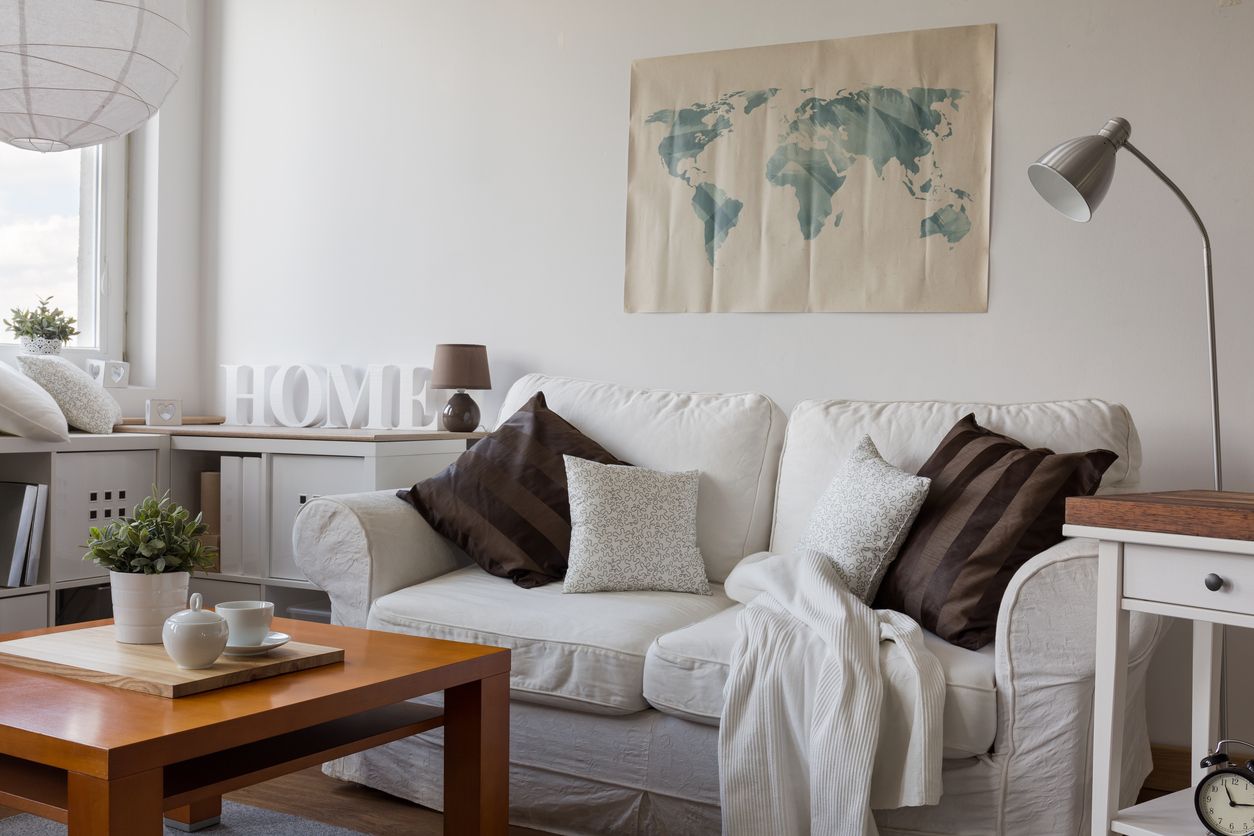The hype about hygge
Defining the word hygge is only slightly more difficult than pronouncing it. This Danish word has continued its dominance in the realm of Scandinavian-inspired interior design since it first picked up speed in 2016—but it doesn’t end there. In fact, someone more acquainted with the language might tell you that hygge—pronounced like hue-gah—doesn’t even begin in the world we see, admire and decorate. Hygge, he might say, is a state of mind, a cultural lifestyle that takes no small thing for granted, that makes everyday moments the most meaningful moments of all, and stresses the importance of cultivating what an English speaker would call coziness and comfort in the home.
For interior designers, this means an emphasis on ambiance. Candlelight sets the perfect mood for a room with soft sofas made for lounging, for example, and reclaimed wood reduces the “look-don’t-touch” feel of too much shine and lacquer. Bedding should be lush and textural—for hygge fans, the fluff of faux fur is the cherry on top of otherwise muted, relaxed color palettes.
And although hygge does find its way into the most stylish and high-end homes far outside the icy climes of Scandinavia, the trend is not intended to be an expensive undertaking.
“It’s simplistic, but indulgent in the things that bring us comfort, like lamb-skin rugs or chunky knit throw blankets,” says Monochrome designer Bridget Tiek. “The colors should be light and spa-like—anything that produces a calming tone to the environment.”
Even in warm, sunny places like Baton Rouge, where colors burst forth year round, this winter-friendly trend still has its place.
“Hygge is mostly a way of life,” says Tiek. “You can cultivate it just about anywhere.”












